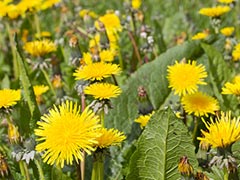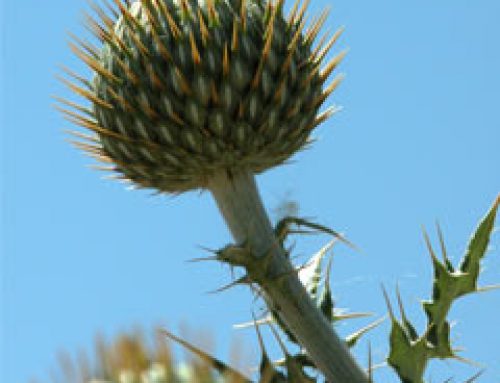Weed Control
Yard chores often come last on lists of jobs to do at home, but paying attention to the warning signs saves time in the long term. Putting off working in your yard is tempting. After all, it doesn’t make much difference whether you whip your yard into shape next week instead of today, right? Wrong. Leaving essential tasks until they’re way overdue often creates more work and problems. Luckily, there are several signs to watch for that tell you it’s time to take your yard in hand.
Flowering Lawn
Flowering grass is less pretty and more worrying than the colorful, scented flowers on display in garden borders. Grass flowers look like feathery tufts, and if you see these in your lawn it’s long overdue a haircut. Flowering grass spells trouble on two counts: grass pollen causes red, itchy eyes, runny noses, and other symptoms of hayfever; and grass flowers quickly turn into grass seeds, which sprout in garden borders, in cracks between paving stones, and other places you don’t want the grass to grow. To get your lawn back in shape, cut the grass with a weed trimmer and rake up the cuttings. Mow your lawn regularly so that it never grows taller than three inches.
Plant Debris
A small area of logs and dead leaves provides homes and food for beneficial creatures, but plant debris all lying over your yard encourages pests and diseases. Surviving to attack your plants year after year, pests and diseases overwinter in plant debris. Rake or blow dead leaves into a pile in a corner of your yard and cover them with a tarpaulin. After a year or longer they turn into fine, crumbly leaf mold, which can be used as a soil conditioner or mulch. Collect other debris such as faded flowers, dead plants, and pruned twigs, and put them in a home compost bin or a yard waste recycling bin. Don’t add weeds to your compost bin because these can survive the composting process.
Weed Seeds
Neglecting weeds until they set seed means only one thing – more weeds. Take just a few minutes to cut weeds down or spray them with weedkillers before they set seed to save hours of weeding chores later. Slice through weeds at ground level on a dry day with a sharp-bladed hoe, and remove the green growth, or if the weeds haven’t yet flowered, spray them with a herbicide containing glyphosate, which kills weeds from the roots up. Glyphosate also kills desirable plants, so don’t spray it near plants you wish to keep or on windy days. Spread a three or four-inch layer of shredded bark, wood chippings, garden compost or other organic matter to smother weed seedlings.
Spindly Shrubs
Shrubs with long, spindly branches and excessive top growth are a sign of overlooked pruning chores. Some shrubs naturally grow into attractive forms, but others require regular pruning to prevent unsightly growth that’s difficult to correct. Most shrubs are pruned during winter or early spring before new growth appears. Remove dead, damaged, and diseased shoots and branches, pruning just above the point where they join the rest of the plant. Prune crossing, rubbing shoots, removing congested growth, and shaping the plant into a pleasing form, standing back frequently to assess your progress. Check with your local garden center or nursery if you’re unsure about the pruning requirements of a particular shrub.
Poorly Flowering Perennials
A disappointing flower display in your yard could be due to forgotten perennials. Returning year after year, many perennials require lifting and dividing every three or four years to maintain their vigor and flowering performance. Dig up plant clumps in fall as they die down, and split them into three or more sections with roughly equal amounts of roots and top growth, either by pulling them apart by hand or cutting them with a sharp spade. Discard any dead areas. Replant one section in the original site, and plant others elsewhere in the garden or give them away. Water thoroughly and spread a two-inch layer of organic matter to conserve soil moisture.
Tackling these few tasks keeps your yard under control and reduces the amount of work over the long term. Spend the http://www.achaten-suisse.com/ extra free time relaxing in your yard, enjoying the rewards of your labor and forward-thinking. And keep an eye open just in case those warning signs start to flash again and remember to call Bob Jenkins Pest and Lawn Services when you need a little extra help with your weed control.



